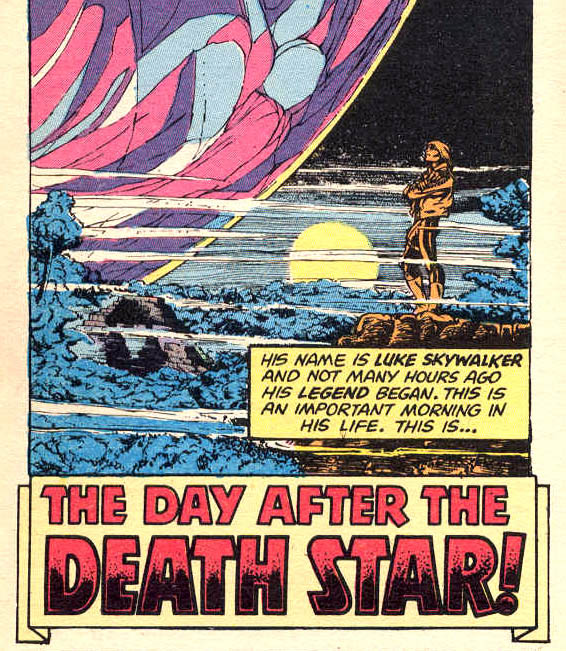
The hypermatter reactor is the heart of the Death Star. The answer to both of these problems was solved with the invention of the hypermatter reactor. The greatest challenge was always powering a cannon big enough to fire a beam that could destroy a planet and moving a battle station the size of a small moon.

The greatest challenge in designing the Death Star was not creating a cannon big enough to fire a beam that could destroy a planet, nor was it creating a battle station the size of a small moon. Photo courtesy NASA/JPL/Space Science Institute A main beam then blasts from the nexus to the intended target. The main cannon and eight tributary lasers fire beams that converge at the outer perimeter of the Superlaser dish in an amplification nexus. This allows the Death Star to aim the Superlaser within a certain field of fire without having to turn the entire station. All of the tributary lasers can be angled for targeting.

There are also four back up lasers in case any of the main eight tributaries fail. The lens is known as "the Eye" and is surrounded by eight tributary lasers. The Superlaser has a massive lens built around a huge synthetic focusing crystal.

The sun is the source of power and the lens is the focus. These rays intersect under the lens and at the point of intersection a beam of heat is created that burns the leaf. When a magnifying glass is held at the correct angle between the sun and a leaf, the sunrays are focused through the lens. If you've ever burned a leaf with a magnifying glass you understand the basic principle behind the Superlaser.


 0 kommentar(er)
0 kommentar(er)
